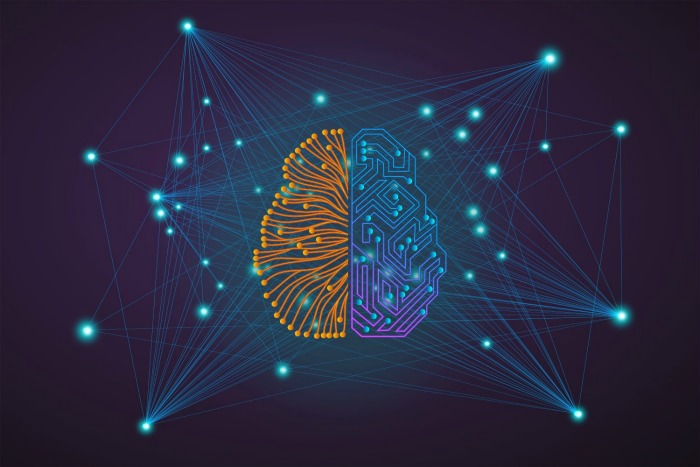
From the earliest days of computing, it has been both a dream and a science-fiction nightmare to create computers that are capable of thinking like human beings. Generally, people would put such possibilities – now fast becoming realities – into the category of Artificial Intelligence, but in fact there is a new kid on the block in this field, and that is Cognitive Computing.
Cognitive Computing is a form of computing that imitates human thought processes, rather than just doing what we know computers can do, i.e., analyze enormous amounts of information and come up with calculations far more quickly than the most intelligent of humans. Effectively, cognitive computers think like humans, they reason and comprehend, and they can cope with abstract concepts and symbology.
A useful analogy might be a comparison with Deep Blue, the computer which famously defeated world chess champion Gary Kasparov in the 1990s. Simply put, the computer was able to beat the Grand Master because it contained details of every single high-level chess game ever played and could run through many millions of potential game lines in a second, bench testing every possibility. While impressive, this was effectively a matter of simple binary computing; the truly impressive part of the system was the ability to have sufficient data storage and chip speed to make it possible.
Now imagine a cognitive chess computer: this would be a computer that could assess non-mathematical, emotional and human factors in making its decisions. Perhaps it could consider its opponent’s body language, their finances, their personal situation – would a player in the middle of a messy divorce find it more difficult to concentrate and so be more likely to fall into easier traps? Would a player in need of money play more cautiously to draw and split the winnings than a wealthy player? These are the sort of questions cognitive computers could be capable of addressing.
That’s a simplistic example, but cognitive computing now has the capability to be used in numerous complex human scenarios. The advent of cloud computing has vastly boosted its potential due to the far greater amount of data that may be stored and retrieved far more quickly from the cloud. Cognitive computing may represent a massive leap forward in terms of data storage and analysis; for standard computing, data has to be carefully prepared if it is to be useful in computer functions, e.g., when we store photographs, we give them meta-tags to help in their retrieval such as “friends smiling”. A cognitive computer can scan a database of photographs and pick out those that it recognizes as showing human smiles or friendship without needing these tags, thus removing a lot of the heavy lifting required to process data.
As ever with technology, there are certain drawbacks to cognitive computing. The ability to process enormous amounts of data and think cognitively could be used as a tool of suppression, e.g., it is believed that cognitive computers will greatly improve the speed and accuracy of face recognition technology and be able to handle enormous databases of subjects; do we actually want to all be on a national database and recognized by Big Brother wherever we go? As always, the way the technology is used, rather than the technology itself, will be the problem. However, there is no doubting that cognitive computing has the potential to revolutionize computerized data storage and machine learning/cognition, and as such it will be very firmly embedded in the information management systems of the future.